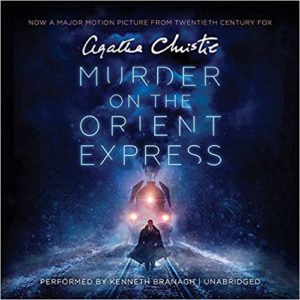 Murder on the Orient Express by Agatha Christie
Murder on the Orient Express by Agatha Christie Narrator: Kenneth Branagh
Published by HarperAudio on October 24th 2017
Format: Audio
Buy on Amazon
Goodreads

A new recording of the most widely read mystery of all time, performed by Kenneth Branagh.
Now a major motion picture from Twentieth Century Fox, releasing November 10, 2017 and directed by Kenneth Branagh.
"The murderer is with us - on the train now..."
Just after midnight, the famous Orient Express is stopped in its tracks by a snowdrift. By morning, the millionaire Samuel Edward Ratchett lies dead in his compartment, stabbed a dozen times, his door locked from the inside. One of his fellow passengers must be the murderer.
My husband and I decided to listen to this on audio as we cook dinner—listening to books while we cook has become a habit. I hadn’t read this one yet. In fact, I haven’t read anything else by Agatha Christie except And Then There Were None. I had the advantage of not having the mystery spoiled for me, so I will not spoil it for you, either (just in case). However, I will say it was quite a satisfying murder mystery, and I was guessing up until the end.
This was my first Hercule Poirot book, and I haven’t really watched any movies or television featuring the character, either. He definitely owes something of a debt to Auguste Dupin and Sherlock Holmes, and I liked him. Kenneth Branagh is an excellent narrator. He does accents really well, which is something I noted when listening to his reading of Heart of Darkness. He even does a really good American accent. His reading of Mrs. Hubbard was fantastic.
I know the reason he read this book is that it’s a movie tie-in for the film he directed and starred in last year. I might want to watch it. It has a stellar cast, though reviews on IMDb are not awesome.
If you haven’t read this book, treat yourself to this audio version. You won’t be disappointed. Kenneth Branagh is a great reader.
This book counts towards the British Books Challenge, as Agatha Christie is a British writer, though the book is set in modern-day Croatia (Yugoslavia at the time). Because of its setting, I’m also counting it for the Literary Voyage Around the World Challenge. I’m counting it as my selection for a classic crime story for the Back to the Classics Challenge.
 The Miniaturist by
The Miniaturist by 
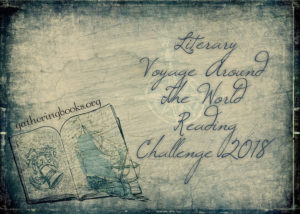
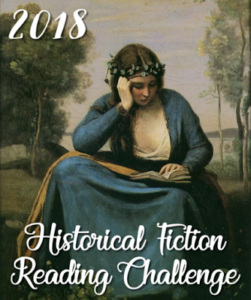
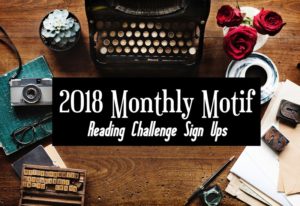
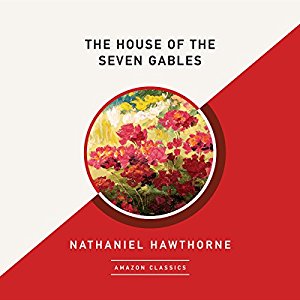 The House of the Seven Gables by
The House of the Seven Gables by 

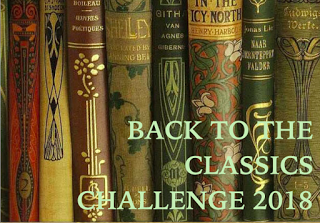
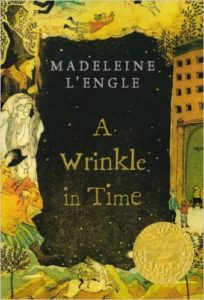 A Wrinkle in Time (Time Quintet, #1) by
A Wrinkle in Time (Time Quintet, #1) by 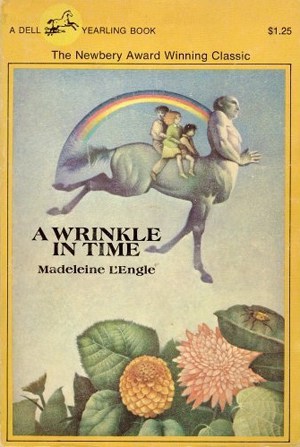
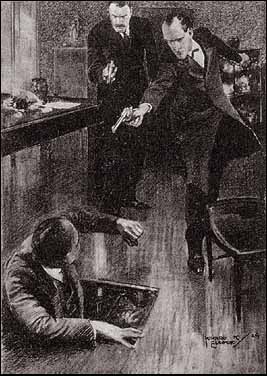



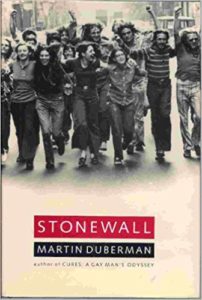 Stonewall by
Stonewall by 
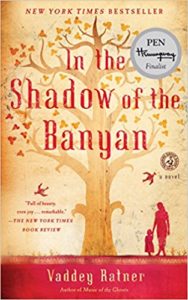 In the Shadow of the Banyan by
In the Shadow of the Banyan by 


 Alias Grace by
Alias Grace by 

